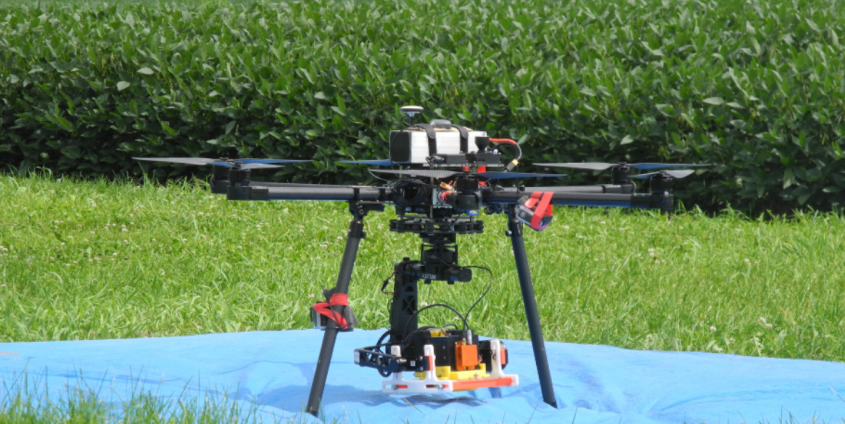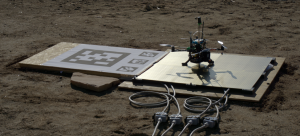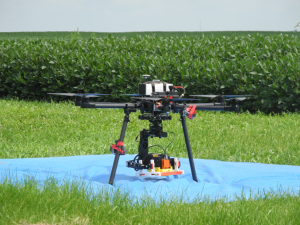New patent for mini-helicopters that can operate autonomously for several days in a row
Drones that can monitor environments such as nature reserves for weeks on end, are no longer a far-off prospect: At the initiative of the California Institute of Technology, or Caltech for short (Pasadena, USA), five researchers, including three from the University of Klagenfurt, have now applied for a new technology patent in the USA.
It is no longer unusual for mini-helicopters to perform brief human-controlled flights over disaster areas caused by earthquakes or flooding to record images and help first responders. However, due to the limited robustness of the autonomous behaviour of drones and the need for human monitoring and continuous corrections in the event of errors, monitoring areas over an extended period of time without human intervention has been impossible until now.
To overcome these limitations, the research team has developed a technology for autonomous aircraft such as mini-helicopters, to carry out repeated missions for long-term monitoring operations without human intervention. This, according to the researchers, requires two key technologies: “On the one hand, we need complete platform autonomy, including an emergency response, such that missions can be carried out without human intervention. On the other hand, the aircraft must be able to land on a charging station with pinpoint accuracy in order to recharge automatically. This requires a visual navigation system similar to the human eye, which recognises known markers in the vicinity of the landing stations.” The researchers have succeeded on both counts. As a result, the technology includes all the necessary components, from helicopter take-off and recording relevant data to autonomously finding the landing point where the aerial robot is recharged. Since then, testing has resulted in an 11-hour show-case mission with 48 flight segments performed in complete autonomy. One prime example of the potential applications of this technology is in the smart-agricultural sector. Cultivated areas can be analysed from the air on a regular basis and, based on the information obtained, the use of fertiliser can be reduced to only the areas that need it.
The patent was filed by Roland Brockers (Jet Propulsion Laboratory / California Institute of Technology of NASA in Pasadena, California and University of Klagenfurt), Stephan Weiss (University of Klagenfurt), Danylo Malyuta (SpaceX, Washington), Christian Brommer (University of Klagenfurt) and Daniel Robert Hentzen (Amazon Prime Air, Washington) in the USA in 2019 and approved at the beginning of January 2024. Roland Brockers, Stephan Weiss and Christian Brommer are part of the “Control of Networked Systems (CNS)” research group at the University of Klagenfurt.










 KK
KK


